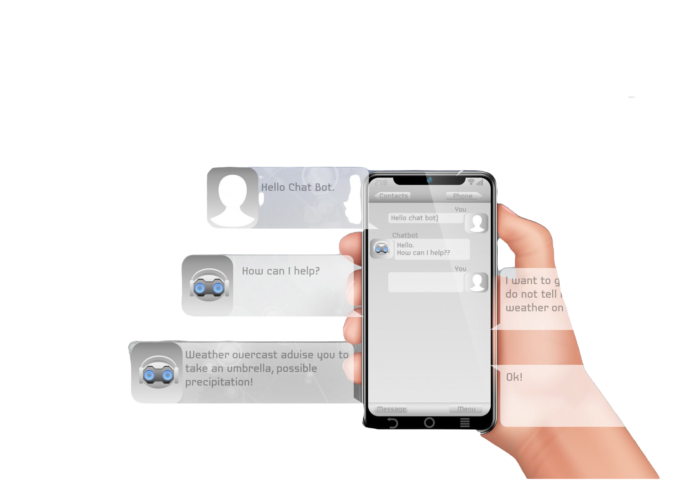In today’s fast-paced digital landscape, WhatsApp has emerged as one of the most popular messaging platforms globally, with over 2 billion active users. This makes it an ideal channel for businesses to engage customers through chatbots. However, simply deploying a chatbot isn’t enough. To maximize effectiveness, companies need to incorporate proven strategies for building chatbots that not only respond accurately but also enhance user experience and promote business goals. Kommo is the new-age chatbot integration tool businesses rely on to make their work easier. Here are the top strategies for developing an effective WhatsApp chatbot.
Understand Your Audience
The first and foremost strategy is to thoroughly understand your target audience. Identify their demographics, preferences, and common pain points. This insight helps in tailoring the chatbot’s tone, language, and content. For example, a chatbot aimed at younger audiences may use casual language and emojis, while one for professionals might adopt a more formal and concise tone. Personalization improves user satisfaction and encourages continuous interaction.
Ensure Clarity in Responses
Chatbots that communicate clearly and straightforwardly help avoid user confusion. Your bot’s responses must be well-structured and easy to understand. Break down complex information into simpler messages and avoid jargon that may be unfamiliar to your users. Always aim for concise replies, as lengthy or unclear responses could frustrate users and lead them to abandon the conversation.
Incorporate Natural Language Processing (NLP)
Natural Language Processing (NLP) is vital for making a chatbot sound more human-like. NLP helps chatbots understand and interpret user inputs, making them capable of handling varied queries. An effective WhatsApp chatbot should be able to comprehend slang, abbreviations, and even typos, which are common in casual conversations. By incorporating NLP, your chatbot becomes more flexible and capable of meeting user expectations.
Use Quick Replies and Menu Buttons
One of the best ways to enhance user experience is by incorporating quick reply options and menu buttons. These features guide users to interact efficiently with the chatbot and get faster responses. Quick reply buttons can be pre-programmed for common questions or actions, allowing users to navigate through options without needing to type. This not only speeds up the interaction but also reduces the chance of input errors.
Seamless Handoff to Human Agents
A robust WhatsApp chatbot should be capable of smoothly transferring the conversation to a human agent when needed. Some queries may be too complex for a chatbot to handle, and users appreciate having the option to speak to a human for assistance. Ensure that this transition is seamless by incorporating a feature that automatically alerts a customer service representative to take over, ensuring continuity and preserving the context of the conversation.
Regular Updates and Continuous Improvement
A chatbot should not be a static tool. Regular updates based on feedback and interaction analytics are essential for maintaining its effectiveness. Monitor the chatbot’s performance, collect user feedback, and analyze conversation data to find areas for improvement. This continuous learning process ensures that the chatbot remains relevant, accurate, and capable of meeting evolving user expectations.
Focus on Security and Privacy
Given that WhatsApp deals with personal and sometimes sensitive information, security and privacy should be top priorities. Ensure that your chatbot complies with data protection regulations such as GDPR and uses end-to-end encryption to safeguard user data. Building trust through secure interactions encourages users to share information without hesitation, fostering a positive relationship with the brand.
Also Read : Effortless Android Unlock and Repair Solutions with Wondershare Dr.Fone
Conclusion
Deploying an effective WhatsApp chatbot involves more than just programming responses. By understanding the audience, ensuring clarity, incorporating NLP, providing quick replies, allowing seamless human intervention, updating regularly, and focusing on security, businesses can create a chatbot that not only enhances customer engagement but also drives growth. Adopting these strategies will help businesses turn their WhatsApp chatbot into a powerful communication tool that aligns with modern consumer expectations.

